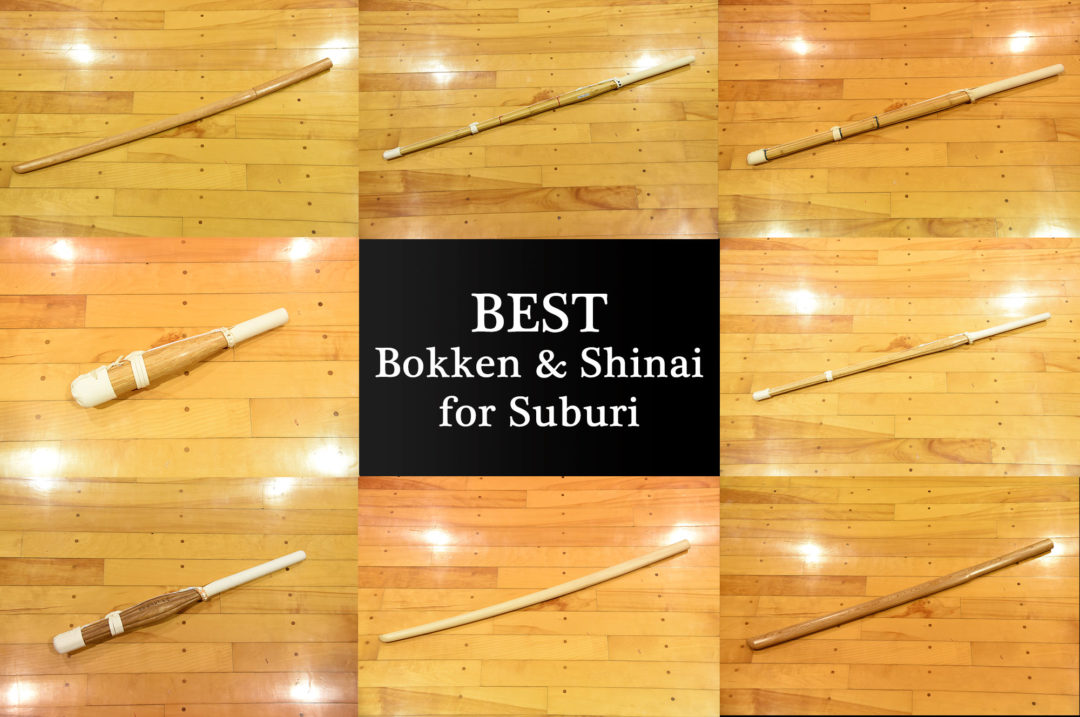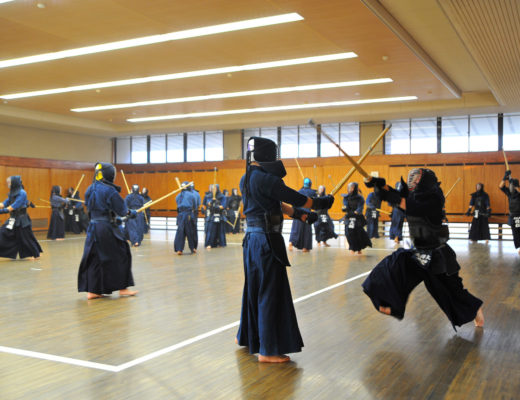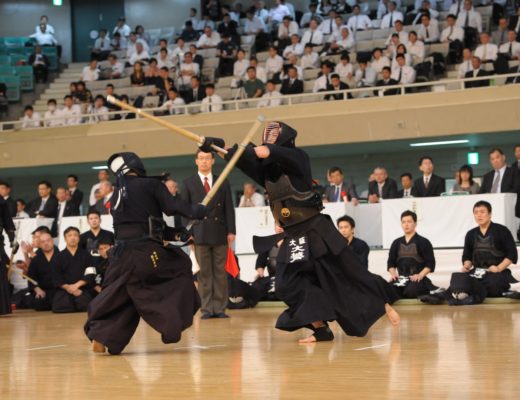Most Kendo lovers do Suburi at the beginning of Keiko. Usually, the purpose is simply to warm up. However, you can use this opportunity to more benefit. One good thing about Suburi is that you can do it by yourself. Besides, we don’t need much time to do it and we don’t need to go to the Dojo.
As a single practice that can be done easily at home, there’s no reason we shouldn’t make use of Suburi. “One sword turns into a 10 thousand swords, 10 thousand swords return to one sword” is the teaching of the Ono-ha Ittoryu (小野派一刀流) with “Kiri-otoshi (cutting off)” at it’s essence. Learning the right Shinai handling is the first step to learn how to swing Shinai correctly.
Paying attention to Hasuji (blade angle) and performing swings one by one in correct motion, you will be able to handle Shinai as you will. However, it tends to be monotonous and it is difficult to continue this practice. Let’s clarify our purpose: devise a way of practising Suburi, and use different Shinai or Bokken for each practice type. That way, even busy modern people may be able to keep up Suburi.
We would like to introduce 8 kinds of Shinai and Bokken, so you can consider the way of swinging and the way it affects your Kendo.
The rest of this article is only available for Kendo Jidai International subscribers!






1 Comment
No Furibo or 6 piece suburi shinai?